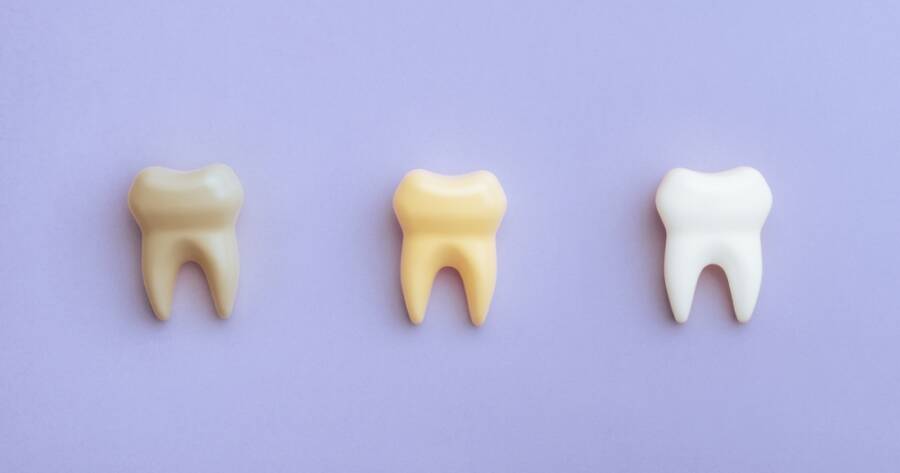Teeth whitening is a widely sought-after cosmetic dental procedure designed to enhance the appearance of teeth by making them several shades lighter. It’s an effective way to achieve a radiant smile that boosts confidence and leaves a lasting impression. Whether you’re preparing for a special occasion or simply seeking to improve your smile, understanding how teeth whitening works, the various available methods, and the potential side effects is essential for making an informed decision.
How Teeth Whitening Works
Teeth whitening involves the application of bleaching agents, most commonly hydrogen peroxide or carbamide peroxide, to the enamel. These agents penetrate the porous enamel and break down stains into smaller molecules, making them less concentrated and thereby brightening the teeth.
Stains on teeth can be categorized as extrinsic and intrinsic. Extrinsic stains occur on the surface of the enamel and are usually caused by food, beverages, smoking, or poor oral hygiene. Intrinsic stains, on the other hand, occur within the tooth and are often due to factors like aging, trauma, excessive fluoride exposure, or certain medications. Teeth whitening treatments primarily address extrinsic stains, though professional treatments can also lighten some intrinsic discoloration.
Types of Teeth Whitening
Teeth whitening methods are diverse, catering to varying budgets, time constraints, and levels of tooth discoloration. Here are the most common options:
- In-Office Whitening
Performed by a dentist, in-office whitening delivers the fastest and most noticeable results. A high-concentration bleaching agent is applied to the teeth, often activated by laser or ultraviolet light. This procedure typically takes one to two hours and can lighten teeth by several shades in a single session. - At-Home Whitening Kits
Dentists provide custom-fit trays along with a whitening gel for at-home use. These kits offer professional-grade results but require daily application for about one to two weeks. Over-the-counter kits, including whitening strips and gels, are also available, but their results are generally less dramatic than professional-grade options. - Whitening Toothpaste and Mouthwash
These products contain mild abrasives and low levels of whitening agents to remove surface stains. While they’re ideal for maintaining whitened teeth, they are less effective at achieving significant whitening. - Natural Remedies
Home remedies like baking soda, activated charcoal, or oil pulling have gained popularity. However, these methods lack scientific evidence of effectiveness and may pose risks to enamel health if used excessively.
Side Effects of Teeth Whitening
While generally safe, teeth whitening can have side effects, especially when misused or overused. Common side effects include:
- Tooth Sensitivity
Whitening agents can temporarily increase tooth sensitivity, particularly in individuals with pre-existing sensitivity issues or thin enamel. Dentists often recommend desensitizing toothpaste to alleviate discomfort. - Gum Irritation
If the whitening agent comes into contact with the gums, it can cause irritation or a burning sensation. This risk is higher with ill-fitting trays or improper application. - Over-Whitening (Bleachorexia)
Excessive whitening can lead to uneven results, chalky teeth, or enamel damage. It’s important to follow recommended guidelines and consult a dentist if in doubt. - Uneven Whitening
Crowns, veneers, and fillings do not respond to bleaching agents, potentially resulting in uneven coloration.
Brighten Your Smile with Confidence
Teeth whitening is an effective way to enhance your smile, but it’s essential to choose the right method and follow professional guidance. Understanding the procedure, types, and potential risks ensures safe and satisfying results. Whether opting for professional treatment or over-the-counter solutions, consult with your dentist to determine the best approach for your specific needs.





